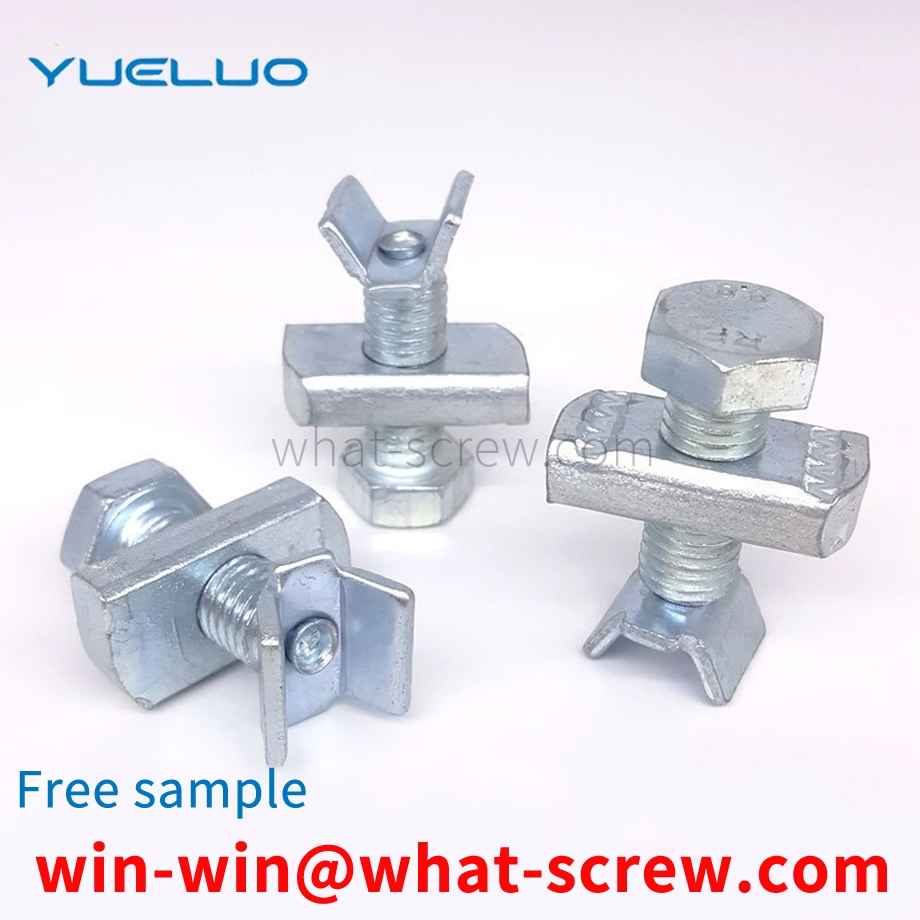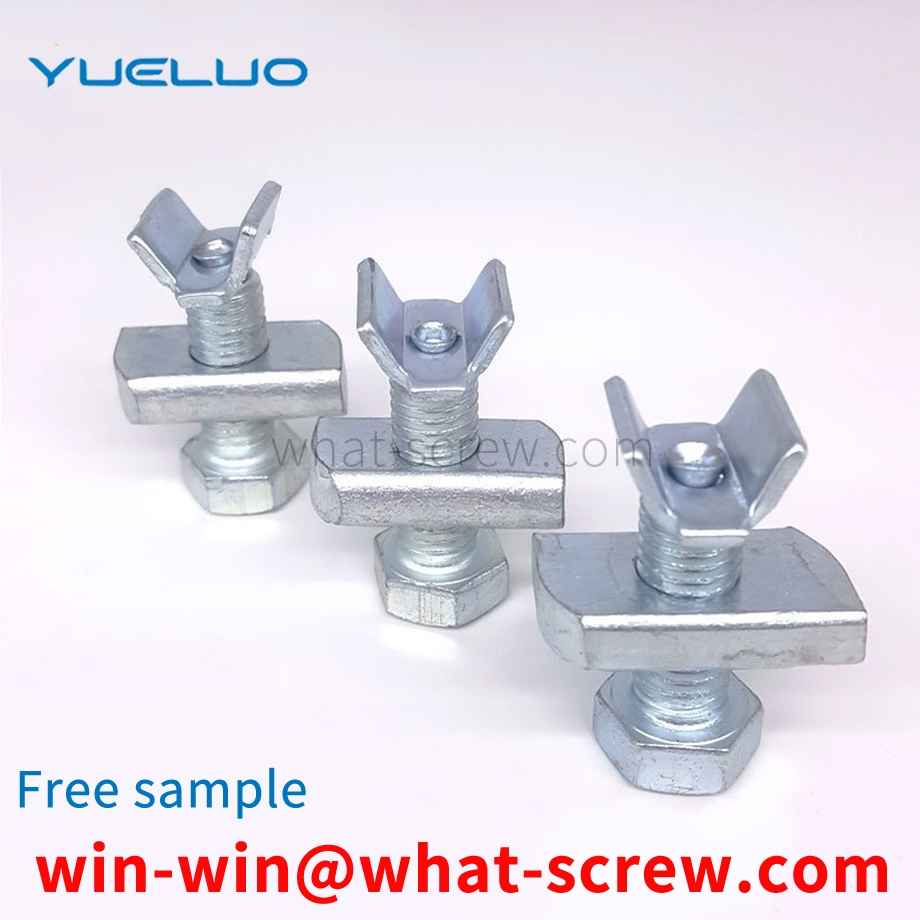self-locking nut is a nut that can self-lock by friction. The general nut will loosen itself due to vibration and other reasons during use. In order to prevent this phenomenon, the self-locking nut was invented. The main functions of self-locking nuts are anti-loose and anti-vibration. For special occasions. Its working principle is generally self-locking by friction. The types of self-locking nuts classified by function include those with nylon rings, those with neck closures, and those with metal anti-loosening devices. They are all effective torque type lock nuts (see GB/T3098.9-2002 national standard).
Most electrical appliance manufacturers only require the size and riveting gap to be tested for riveted contact components. There is no clear requirement for riveting strength. Only a few manufacturers perform torsion testing on riveting strength. The torque detection method is as follows: use a saw blade to open a one-shaped groove on the rivet head of the riveted contact element, and then insert a torque wrench into the one-shaped open groove to rotate, and measure the torque value. Because most of the electrical contacts are made of copper-silver alloy, the strength is low, and it is easy to slip during the test, and when a saw blade is used to open the one-shaped groove, the width and depth cannot be accurately positioned, so the measured value fluctuates greatly. , has always been an unsolvable technical problem in the industry.
The hexagonal nut is used in conjunction with screws, bolts and screws to connect and fasten parts. Among them, the Type 1 six-purpose nut is the most widely used. The C-level nut is used for machines, equipment or structures with rough surface and low precision requirements; A-level and B-level nuts are used for relatively smooth surfaces and high precision requirements. machine, equipment or structure. The thickness M of the type 2 hexagon nut is thicker, and it is mostly used in occasions where assembly and disassembly are often required. The thickness M of the hexagonal thin nut is relatively thin, and it is mostly used in situations where the surface space of the connected parts is limited.
The conventional auger bit structure 1 includes a rod body 11, a screw head 12 provided on one end of the rod body 11, a drill tail 13 provided on the other end of the rod body 11, and a plurality of threads 14 arranged around the rod body 11; Wherein, the periphery of the drill tail 13 defines a parting line 15, and the parting line 15 makes the drill tail 13 symmetrically divided into a side 131 and a side 132, and a cutting end 133 is formed at the junction of the end of the side 131 and the end of the side 132, respectively. The cutting end 133 is concavely provided with a quarter-turn chip flute 134 in the same direction of the helix, and the edge 132 continues the chip flute 134 and has a quarter-turn chip flute 135 with different helical curvatures. , by connecting the chip groove 134 and the chip groove 135 through different helical curvatures, the drill tail 13 can form a symmetrical and complete chip groove of 189 degrees.
The tie rod and joint of the high-voltage isolating switch are often connected by driving an elastic cylindrical pin into the connecting pin hole. The traditional assembly method is to prevent the tie rod and joint from the V-block, and hold the elastic cylindrical pin to align the connecting pin hole. Then hit it with a hammer. Since the elastic cylindrical pin is small, it is easy to injure people's hands by adopting this assembly method, and at the same time, the elastic cylindrical pin is not positioned accurately, which causes large assembly errors and low assembly efficiency.
We have many years of experience in the production and sales of screws, nuts, flat washers, etc. The main products are: non-slip flanged nickel-plated nuts with pads, manganese dacromet washers, filament screws, T-shaped bumps and other products, we can provide you with suitable products Your fastener solution.



















 Service Hotline
Service Hotline




